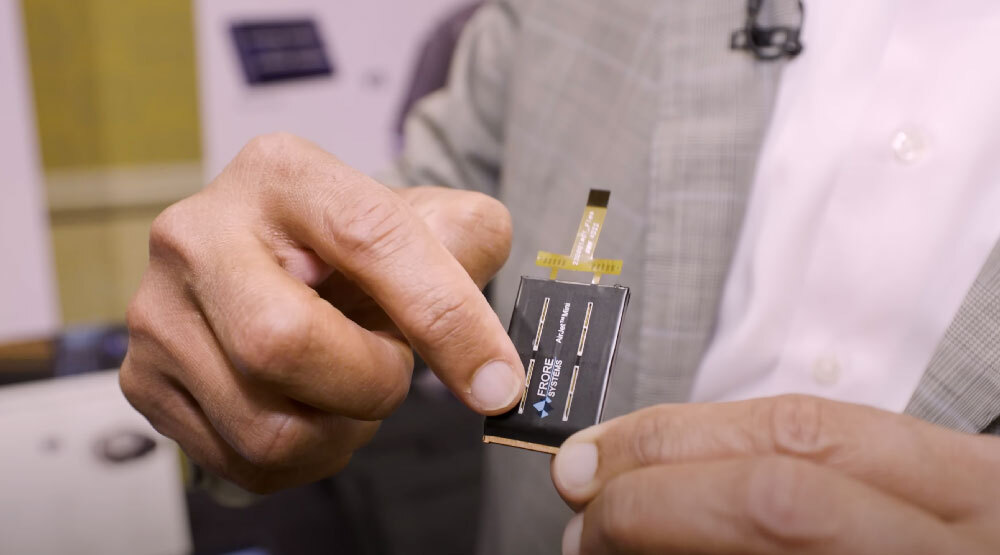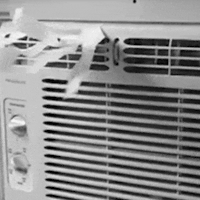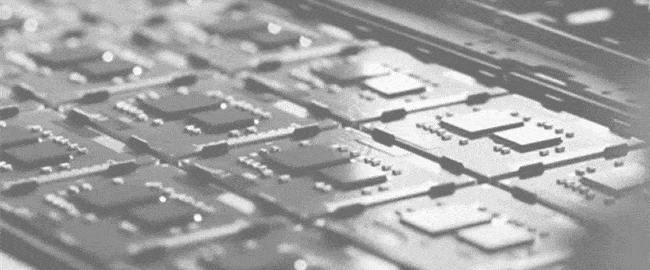
(screenshot via PC World’s YouTube channel)
I think in a lot of ways the challenge that modern computing faces can be best described as such: A constant battle between performance and heat.
This competition has led to a lot of different solutions over the years, including moves to new types of chipsets and a strong reliance on fans. One might argue, for example, that Apple moved to ARM because the fans were getting so loud in their computers that it was actually making the experience significantly worse.
But while a ton of work has been put into improving the heat that is produced by computer chips, not quite as much has been put into the cooling element, sadly, which means that laptops of all stripes come with fans that can get loud, noisy, arguably even unbearable.
Try as they might, PC makers have not been able to make the fan experience desirable on high-performance mobile machines. These massive fans have arguably even made desktop machines less desirable as well.
All of this is why I’m heartened to see an emerging concept which is getting attention this week. Frore Systems, a San Jose, California-based company, has been working on a project to build solid-state, piezoelectric-based cooling solutions, which essentially work through the use of ultrasonic membranes that run across the surface of a heat spreader, pulsing out the heat from a processor more quickly and efficiently (and quietly) than is possible using traditional fans.
The processor-sized technology has already drawn interest from major players like Intel and Qualcomm, who have helped to support the fledgling technology as it emerges into a potential commercial form, and drew a ton of interest this week after PC World ran a profile on the company on YouTube.
If it lives up to the hype, could be a huge benefit to new laptops, as they will be able to perform faster in smaller spaces with fewer limitations created by space. The Frore website has a case study clearly based on a Steam Deck, which leads me to believe this will also be a boon for portable gaming as well. (Gaming sites have already noticed this.)
All of this sounds great for potential future applications, but I just want to briefly make the case that the real benefit of this new technology may be for existing devices. Unlike a lot of components in computers, fans are fans—and if a fan can plug into a given connector, it will just work, with no concern about the machine it’s connected to. I can’t imagine that a ton of people are raring to open up their machines, but there is likely a market of people with existing laptops, desktops, and yes, Steam Decks that want a high-performance device but find that the experience has degraded in part because the fan simply has not held up over time. If those fans were replaced, the machine might just hold up another year or three. The idea of putting one of these in one of those heat-radiating 2019 MacBook Pros, for example, seems like a no-brainer, if it’s possible.
To me, this new cooler type is a massive opportunity to potentially keep existing devices with tight thermal envelopes working beyond their sell-by date. So my hope for Frore is that they sell these parts directly to consumers, perhaps through a partner like iFixit, rather than just going through the traditional OEM route. There are a lot of loud fans out there that deserve to be retired.
Time limit given ⏲: 30 minutes
Time left on clock ⏲: 35 seconds



